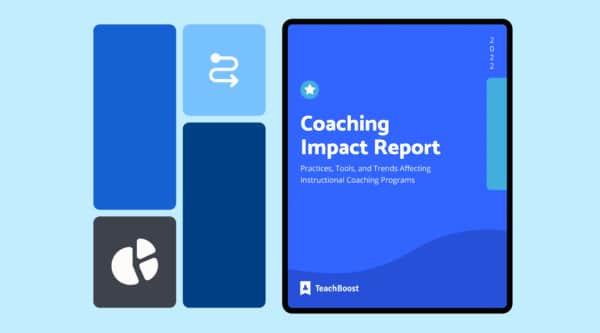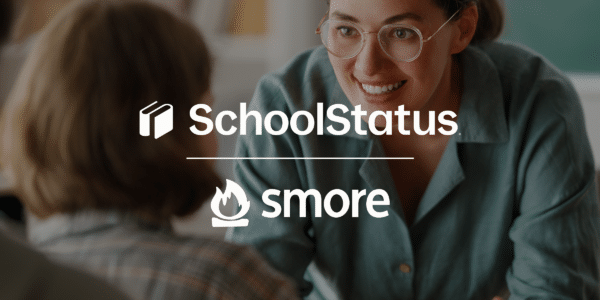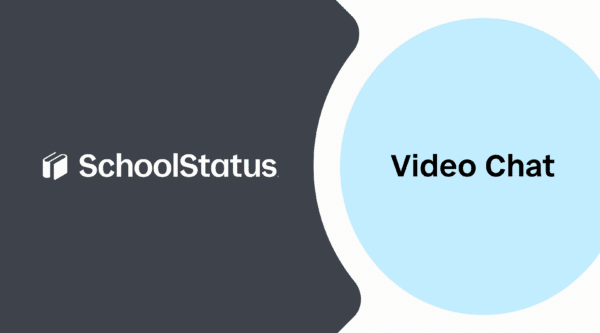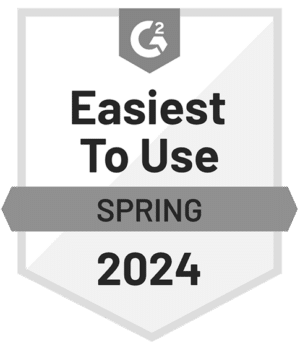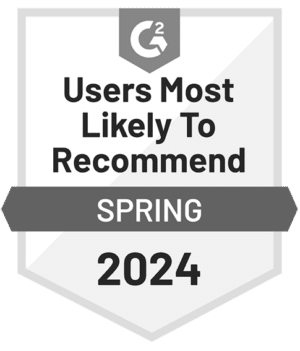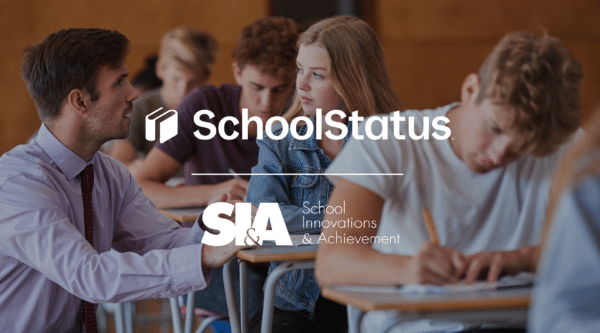
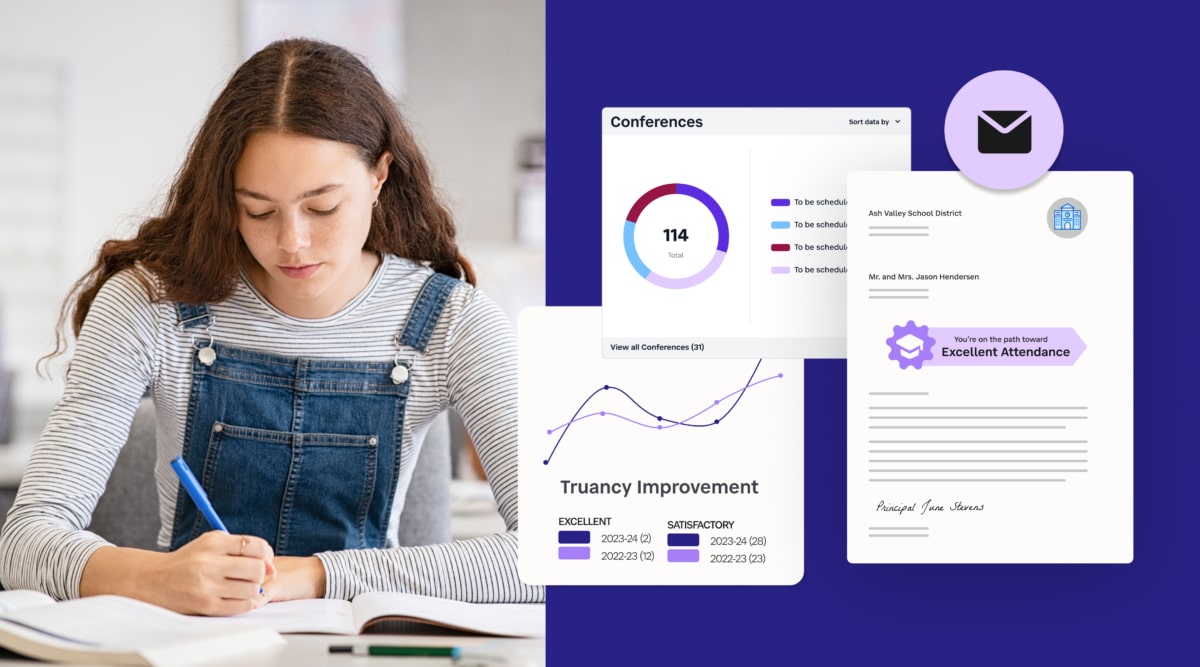
The COVID-19 pandemic brought unprecedented disruptions to the lives of students and educators. After returning to in-person instruction, we continue to see increases in chronic absenteeism in all grade levels. The most targeted group of students, however, are those in the “transition years”—K–3 and 9th–10th graders. The youngest group has yet to have a “normal” year of school routines. The older students are struggling to return to healthy attendance practices as they prepare for new routines in high school. All students are facing significant challenges in meeting academic expectations and keeping up with their peers.

SchoolStatus Attend is the most effective way for districts to tackle chronic absenteeism. The data-driven attendance management platform and processes provide automatic interventions and positive reinforcement to support student success, increase daily attendance, and reduce administrative overhead. Ensuring that districts have access to accurate data, SchoolStatus Attend’s platform sends consistent interventions at the most effective times.
SchoolStatus partnered with the California Department of Education to conduct a study of absenteeism in 30 districts across the State. The study shows absenteeism habits rose in post-pandemic years, but jumped significantly in specific age groups.
Students in Kindergarten and 9th grade had the highest percentage of absenteeism.
SchoolStatus chronic absence rates include more students than the CA Dashboard. Our numbers include all students in each grade including PK/TK and high school grades 9-12, whereas the State only calculates based on TK-8. SchoolStatus also counts all active students regardless of how many days enrolled and calculates on a day equivalent basis, weighting partial days as absences (the State only calculates based on full day absences).
However, there was positive change and attendance improvements in districts who partnered with SchoolStatus. Although the data shows an increase in chronic absentee rates compared to pre-pandemic levels, districts who had implemented SchoolStatus Attend still had better results.
SchoolStatus Attend is the thought leader in K–12 attendance solutions. Our platform focuses on positive communication between school, families, and students, and builds supportive environments to encourage regular attendance. By focusing on proactive outreach instead of punitive measures, SchoolStatus Attend sees 54% of at-risk kids returning to school after their initial contact.

Find our how SchoolStatus can help your district!
Book a DemoStay Connected
News, articles, and tips for meeting your district's goals - delivered to your inbox.





